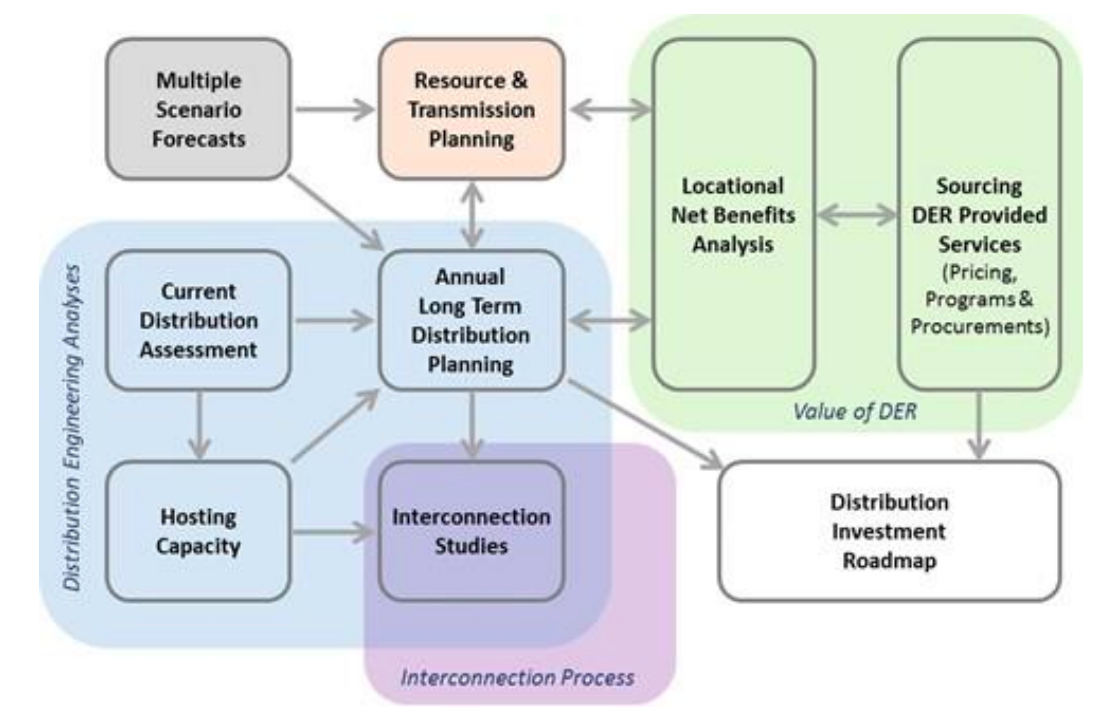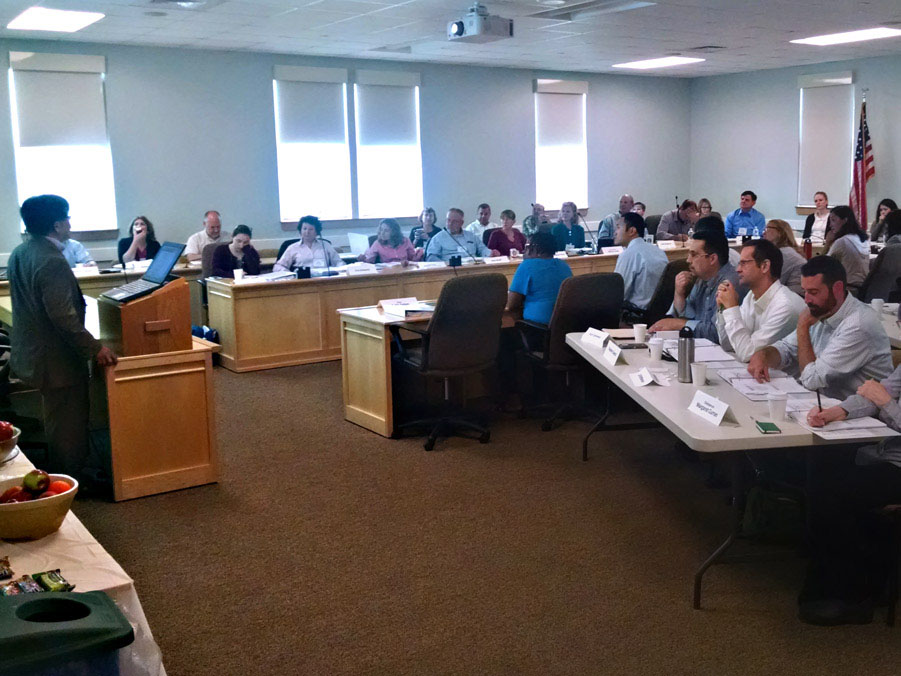Advanced grid technologies create new opportunities to increase distribution system efficiency, improve reliability and resilience, and facilitate new services for consumers that provide greater choice and control over energy production and use.
However, it’s hard for utility regulators to keep up with the technical capabilities and economic implications of new technologies. Regulators also must consider integration of new technologies with legacy utility systems and balance investments in grid modernization with other utility expenses to meet electricity needs.
Most of all, regulators want to be prepared. How can they encourage utilities to do appropriate planning, and then understand what the plans mean? What questions should they ask when utilities propose investments to replace aging infrastructure and modernize grids?
Training to inform state efforts

To help regulators keep on top of changes in technologies and best practices in distribution system planning, Berkeley Lab, in partnership with the National Renewable Energy Laboratory, Pacific Northwest National Laboratory, and the National Association of Regulatory Utility Commissioners (NARUC), led the first in a series of regional training sessions on September 27–29 at the Maine Public Utilities Commission in Portland, Maine. Approximately 40 public utility commissioners and staff from the six New England states attended the training to inform their ongoing grid modernization efforts related to distribution system planning, grid modernization investment plans, distributed energy storage, and transportation electrification.
The training started with overviews of emerging distribution system technologies and the distribution planning process, and moved on to a roundup of activities in the region and other states. Presenters then delved into specific topics:
Metrics and valuation frameworks for reliability, resilience, flexibility, sustainability, affordability, and security
- How utilities collect distribution-level data and how they use it
- Performance-based regulation for distribution system planning and investment
- Impacts and potential value of distributed energy resources with new capabilities
- How to forecast distribution loads with increasing levels of distributed energy resources
- How to integrate grid modernization technologies with legacy utility systems
- What modeling tools are available and what they do.
Comments from the training evaluation included:
- “I enjoyed learning directly from the active researchers on topics that are cutting-edge, as well as the basic background.”
- “The trainers were open and encouraged questions. They also understood that the audience was not all engineers and explained concepts in terms that all could understand.”
- “I learned right up to the last minute, and came away with some solid actions and questions to take home.”
And they were unanimous in recommending the training to others.
Meeting a national need
Approaches for distribution planning vary significantly from state to state, in part stemming from differences in electricity market structure. Training will be offered around the country over the coming year, with the next scheduled for the Midwest public utility commissions on January 16–17, 2018, in St. Paul, Minnesota. The event is cosponsored by NARUC and the Organization of MISO States and supported by the U.S. Department of Energy’s Grid Modernization Initiative.
This training series is part of a Grid Modernization Lab Consortium project on distribution system decision support tools. In addition to training for utility regulators, the project is identifying strategies for advanced electric distribution planning methods and tools, with a focus on emerging grid modernization technologies and deployment of distributed energy resources.
Materials for the training are available from the Berkeley Lab website.
For more information, contact Lisa Schwartz: lcschwartz@lbl.gov.
Highlighted Resources
Related Projects
-
Distribution System Decision Support Tools
In this project, a multi-lab team is identifying a comprehensive menu of strategies that facilita


